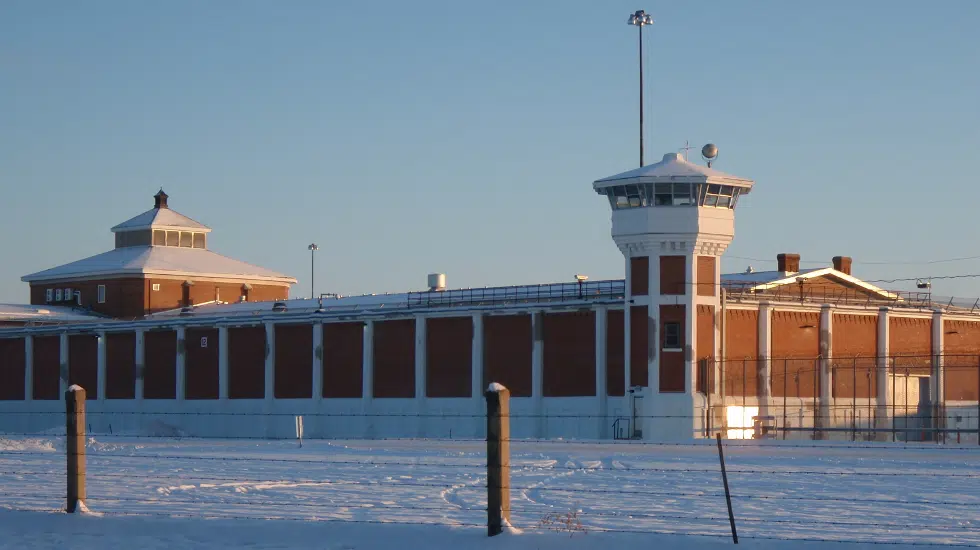
Audit criticizes treatment of Indigenous offenders
Indigenous offenders account for more than a quarter of all Canadians behind bars, and a recent audit shows their needs are often overlooked by Correctional Service Canada (CSC).
A report released this week by Canada’s Auditor General said Indigenous offenders in federal custody are less likely to be granted parole, less likely to complete programming, and more likely to be classified as high-security inmates than non-Indigenous offenders.
John Howard Society executive director John Hutton, who works with offenders attempting to reintegrate into society, said the audit should come as a “wake-up call” for CSC.
“Things are getting worse, not better,” Hutton said.


